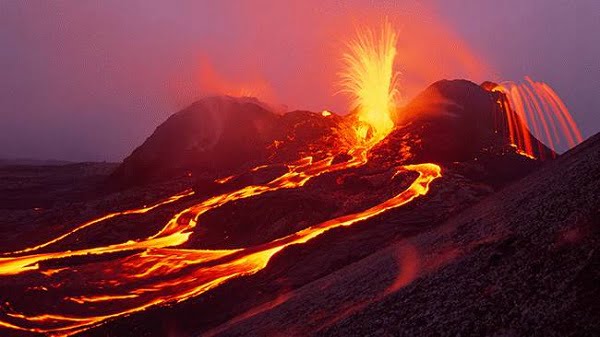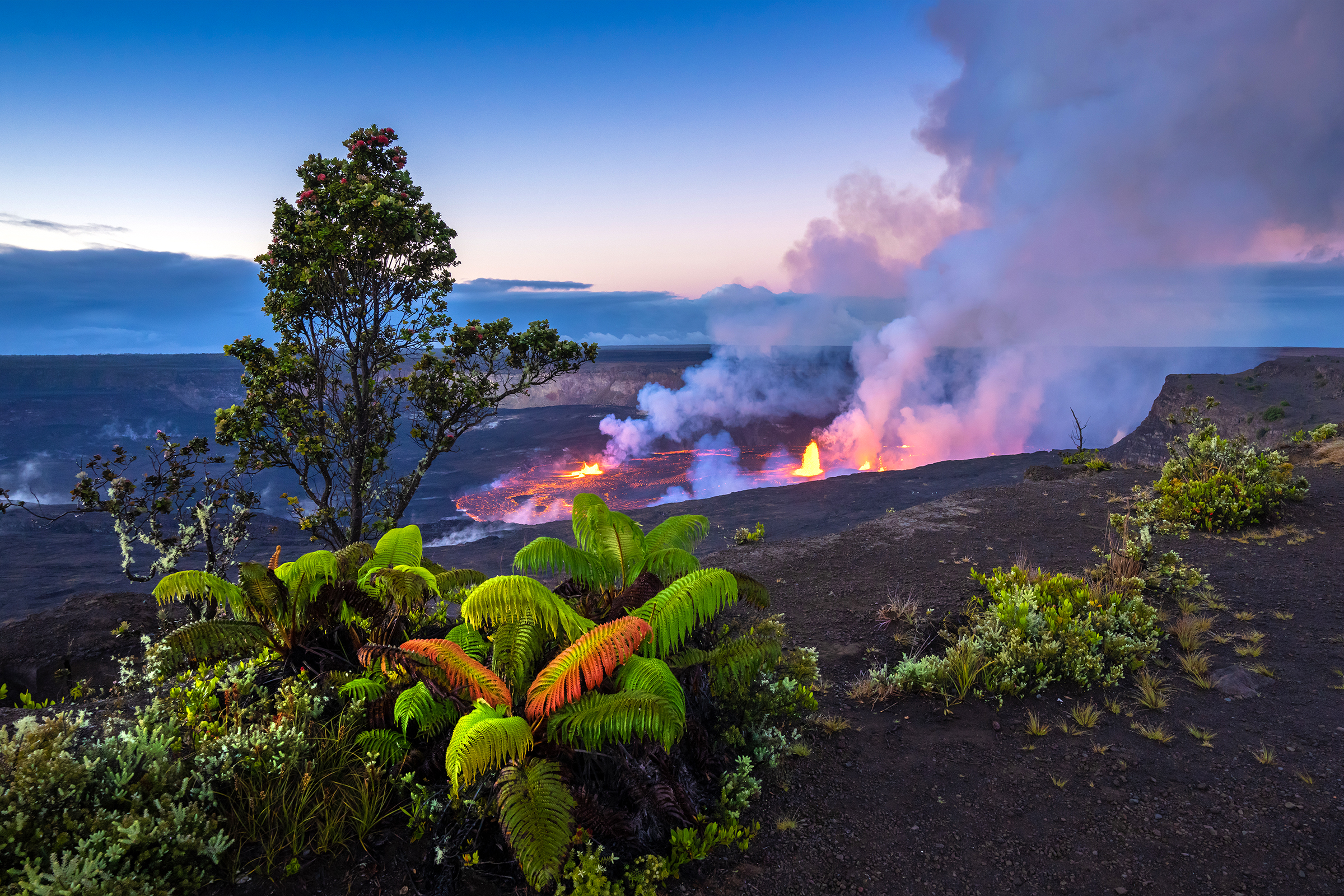Top National Parks and their Native Culture
 America's national parks are not only breathtaking showcases of natural beauty but also repositories of rich cultural heritage, including the traditions, histories, and legacies of Indigenous peoples who have inhabited these lands for millennia.
America's national parks are not only breathtaking showcases of natural beauty but also repositories of rich cultural heritage, including the traditions, histories, and legacies of Indigenous peoples who have inhabited these lands for millennia.
From the mist-shrouded forests of the Pacific Northwest to the sun-baked deserts of the Southwest, these parks offer a window into the vibrant cultures and deep connections to the land held by Native American communities.
Let's explore some of the top national parks where visitors can immerse themselves in Native culture and gain a deeper understanding of the Indigenous peoples who call these places home.
Yellowstone National Park, Wyoming, Montana, Idaho
 Yellowstone, America's first national park, is not only celebrated for its iconic geysers and diverse wildlife but also for its significance to numerous Native American tribes, including the Shoshone, Crow, Blackfeet, and Nez Perce. These tribes have ancestral ties to the land and continue to maintain cultural connections through traditions, ceremonies, and storytelling.
Yellowstone, America's first national park, is not only celebrated for its iconic geysers and diverse wildlife but also for its significance to numerous Native American tribes, including the Shoshone, Crow, Blackfeet, and Nez Perce. These tribes have ancestral ties to the land and continue to maintain cultural connections through traditions, ceremonies, and storytelling.
Visitors to Yellowstone can explore exhibits at the park's visitor centers, attend ranger-led programs on Native culture, and even participate in guided tours led by Indigenous guides who share their perspectives and insights.
Mesa Verde National Park, Colorado
 Mesa Verde, a UNESCO World Heritage Site, preserves some of the most notable and best-preserved archaeological sites in the United States, including ancient cliff dwellings built by the Ancestral Puebloans. These ancestral sites provide a glimpse into the lives of Indigenous peoples who thrived in the region over a thousand years ago.
Mesa Verde, a UNESCO World Heritage Site, preserves some of the most notable and best-preserved archaeological sites in the United States, including ancient cliff dwellings built by the Ancestral Puebloans. These ancestral sites provide a glimpse into the lives of Indigenous peoples who thrived in the region over a thousand years ago.
Visitors can explore the park's well-preserved ruins, hike along scenic trails, and learn about the cultural significance of Mesa Verde through guided tours and interpretive programs led by Native American guides and park rangers.
Canyon de Chelly National Monument, Arizona
![]() Canyon de Chelly, located within the Navajo Nation in northeastern Arizona, is home to spectacular sandstone cliffs, ancient ruins, and petroglyphs that bear witness to thousands of years of human habitation. The canyon holds deep cultural significance for the Navajo people, who have lived in the region for generations and continue to maintain a strong connection to the land.
Canyon de Chelly, located within the Navajo Nation in northeastern Arizona, is home to spectacular sandstone cliffs, ancient ruins, and petroglyphs that bear witness to thousands of years of human habitation. The canyon holds deep cultural significance for the Navajo people, who have lived in the region for generations and continue to maintain a strong connection to the land.
Visitors to Canyon de Chelly can explore the canyon floor on guided tours led by Navajo guides, visit ancient cliff dwellings and rock art sites, and learn about Navajo history, culture, and traditions from local residents.
Glacier National Park, Montana
 Glacier National Park, known for its rugged mountains, pristine lakes, and abundant wildlife, is also home to the Blackfeet Nation, whose traditional lands encompass much of the park's eastern boundary. The Blackfeet have a deep spiritual and cultural connection to the land, which is reflected in their traditions, stories, and ceremonies.
Glacier National Park, known for its rugged mountains, pristine lakes, and abundant wildlife, is also home to the Blackfeet Nation, whose traditional lands encompass much of the park's eastern boundary. The Blackfeet have a deep spiritual and cultural connection to the land, which is reflected in their traditions, stories, and ceremonies.
Visitors to Glacier can learn about Blackfeet culture and history through exhibits at the park's visitor centers, attend cultural events and demonstrations, and even participate in guided tours led by Blackfeet guides who share their knowledge and perspectives.
Hawai'i Volcanoes National Park, Hawaii
 Hawai'i Volcanoes National Park, located on the island of Hawai'i, is a sacred landscape revered by Native Hawaiians for its volcanic activity, lush rainforests, and unique ecosystems. The park is home to numerous cultural sites, including ancient heiau (temples), petroglyphs, and lava tubes, which serve as reminders of Hawaiians' deep connection to the land and their ancestral traditions.
Hawai'i Volcanoes National Park, located on the island of Hawai'i, is a sacred landscape revered by Native Hawaiians for its volcanic activity, lush rainforests, and unique ecosystems. The park is home to numerous cultural sites, including ancient heiau (temples), petroglyphs, and lava tubes, which serve as reminders of Hawaiians' deep connection to the land and their ancestral traditions.
Visitors to Hawai'i Volcanoes National Park can explore the park's cultural sites, attend ranger-led programs on Hawaiian culture and history, and even participate in guided tours led by Native Hawaiian guides who share their insights and knowledge of the land.
Embracing Indigenous Heritage in America's National Parks
 As stewards of some of the nation's most treasured landscapes, America's national parks have a responsibility to honor and celebrate the Indigenous peoples who have inhabited these lands since time immemorial. By providing opportunities for visitors to learn about Native culture, history, and traditions, these parks play a vital role in preserving and perpetuating Indigenous heritage for future generations.
As stewards of some of the nation's most treasured landscapes, America's national parks have a responsibility to honor and celebrate the Indigenous peoples who have inhabited these lands since time immemorial. By providing opportunities for visitors to learn about Native culture, history, and traditions, these parks play a vital role in preserving and perpetuating Indigenous heritage for future generations.
Whether through guided tours, interpretive programs, or cultural demonstrations, visitors to these parks can gain a deeper appreciation for the diverse cultures and deep connections to the land held by Native American communities across the country.
Conclusion
Exploring the intersection of national parks and Native culture offers a profound opportunity to connect with the land and its people on a deeper level. As we venture into these natural treasures, let us do so with a spirit of reverence and respect for the Indigenous peoples who have safeguarded these landscapes for generations. By honoring their traditions, stories, and legacies, we not only enrich our own experiences but also contribute to the ongoing preservation and celebration of Indigenous heritage in America's national parks. So, as you embark on your next outdoor adventure, take a moment to acknowledge the vibrant cultures and deep connections to the land that continue to thrive within these sacred spaces.




























































